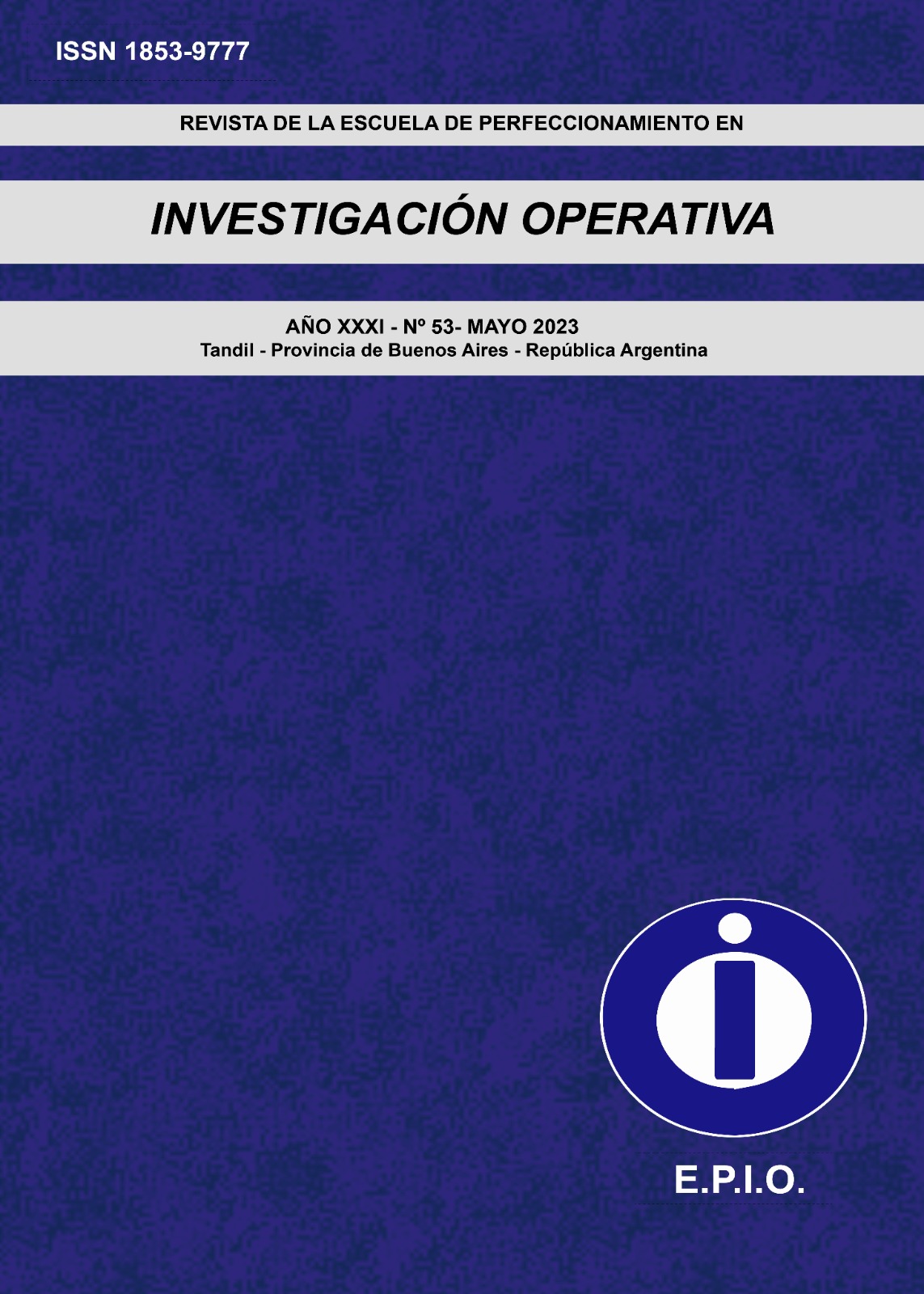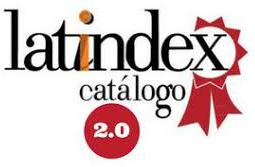Carpooling desde la perspectiva del conductor. Un experimento de selección
Keywords:
Carpooling, Urban transportation, Choice experiment, Discrete choice modelAbstract
The city of Buenos Aires, like other large metropolis, suffers the increasing of congestion on its main access routes and highways. Carpooling has been proposed to alleviate this problem.
The present article continues the one from Picasso, Bonoli Escobar and Cosatto Ammann (2020) “Evaluación de una plataforma de carpooling mediante experimentos de selección”, with the objective of evaluating people interest in bidding in a potential carpooling system. The methodology is based on the application of Discrete Choice Models to a sample from an ad-hoc survey, where people face a choice experiment including carpooling besides the existing travel modes. The individuals were exposed to various choice sets with carpooling besides the existing travel modes at different travel time and cost, for them to choose the preferred alternative. The results show that commuters are highly interested in offering their cars for carpooling for an adequate compensation, especially young people and those who travel more frequently to the city.
Downloads
References
Ben-Akiva M., Lerman S. (1985). Discrete choice analysis: Theory and application to travel demand. MIT Press. Cambridge, MA.
Chan N.D., Shaheen A.S. (2012). Ridesharing in North America: past, present and future. Transport Reviews 32.1: 93-112.
Delhomme P, Gheorghiu A (2016). Comparing French carpoolers and non-carpoolers: Which factors contribute the most to carpooling? Transportation Research Part D 42: 1-15.
EPA (United States Environmental Protection Agency) (2022), Global Greenhouse Gas Emissions Data. Disponible en: https://www.epa.gov/ghgemissions/global-greenhouse-gas-emissions-data
Gobierno de la Ciudad Autónoma de Buenos Aires (GCABA) (2020). Plan de Movilidad Sustentable 2020. Buenos Aires: Gobierno de la Ciudad Autónoma de Buenos Aires (no publicado)
Hensher, D.A., Rose, J.M., Greene, W.H. (2015) Applied Choice Analysis (2nd ed.), Cambridge University Press, Cambridge, UK.
INDEC: INSTITUTO NACIONAL DE ESTADISTICA Y CENSOS: Censo 2020: https://www.indec.gob.ar/indec/web/Nivel4-Tema-2-41-165
Mc Fadden D. (1997). Measuring willingness-to-pay for transportation improvements. University of California, Berkeley, USA.
Minett P, Pearce J (2011). Estimating the Energy Consumption Impact of Casual Carpooling. Energies 4.1: 126-139.
Mitropoulos, Lambros; Kortsari, Annie; Ayfantopoulou, Georgia. (2021). Factors Affecting Drivers to Participate in a Carpooling to Public Transport Service. Sustainability. 13. 9129. 10.3390/su13169129.
Neoh J.G, Chipulu M., Marshall A. (2015). What encourages people to carpool? An evaluation of factors with meta-analysis. Transportation 44.2: 423-447.
Le Goff, Alix; Monchambert, Guillaume; Raux, Charles. (2021). Are solo driving commuters ready to switch to carpool? Heterogeneity of preferences in Lyon's urban area. Transport Policy. 115. 10.1016/j.tranpol.2021.10.001.
Park, Yujin; Chen, Na; Akar, Gulsah. (2018). Who is Interested in Carpooling and Why: The Importance of Individual Characteristics, Role Preferences and Carpool Markets.
Picasso, E.; Bonoli Escobar, M.; Cosatto Ammann, P. (2020). Evaluación de una plataforma de carpooling mediante experimentos de selección. Revista de la Escuela de Perfeccionamiento en Investigación Operativa, 28(48).
Shaheen S., Chan N., Gaynor T. (2016). Casual carpooling in the San Francisco Bay Area: Understanding user characteristics, behaviors, and motivations. Transport Policy. Volume 51. 165-173.
SAIMO (Sociedad Argentina de Investigadores de Mercado y Opinion) (2015): “El Nivel Socioeconomico en Argentina”. http://www.saimo.org.ar/observatorios/observatorio-social.
Teal (1987). Carpooling: Who, how and why. Transportation Research Part A, 21A.3: 203-214.
Thomas, Francene; Charlton, Samuel; Lewis, Ioni; Nandavar, Sonali. (2021). Commuting before and after COVID-19. Transportation Research Interdisciplinary Perspectives. 11. 100423.
Thurstone L. L. (1927). A law of comparative judgment. Psychological Review, 34, 273-286.
Train K. (2009). Discrete choice methods with simulation. Cambridge University Press.
Downloads
Published
How to Cite
Issue
Section
License

This work is licensed under a Creative Commons Attribution-NonCommercial-ShareAlike 4.0 International License.
Atribución — Usted debe dar crédito de manera adecuada, brindar un enlace a la licencia, e indicar si se han realizado cambios. Puede hacerlo en cualquier forma razonable, pero no de forma tal que sugiera que usted o su uso tienen el apoyo de la licenciante.
NoComercial — Usted no puede hacer uso del material con propósitos comerciales.
CompartirIgual — Si remezcla, transforma o crea a partir del material, debe distribuir su contribución bajo la misma licencia del original.







